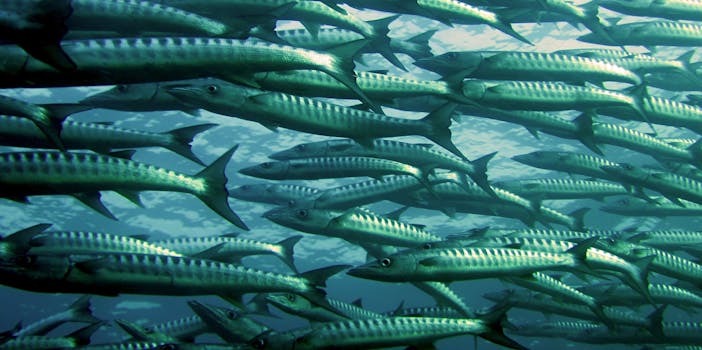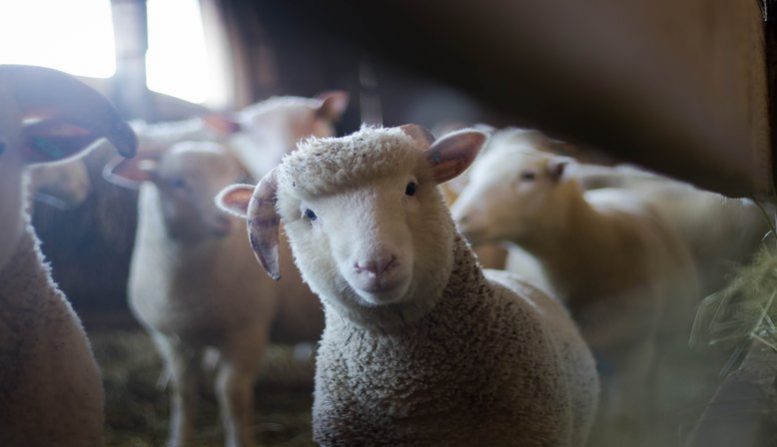Animal Welfare- 10 Principles of Food Sustainability
Last Updated on February 22, 2023
Hello FoodGrads! Last time we looked at the second principle from the 10 Principles of Food Sustainability created by Cheryl Baldwin, Vice President of Consulting Pure Strategies. We learned which agricultural factors contribute to climate change and what actions can be implemented such education and soil rotation.
This week we are looking in depth at the third principle which is:
Use of animals, fish, and seafood in the food supply optimizes their well-being and adds to environmental health.
Unless you eat a completely vegan diet you have to look to animal or seafood based on ingredients at some point or another. This can come from the direct consumption of animals like in the case of burgers or indirectly in cases such as cheese. As our population continues to grow there is also a growing reliance on the use of animals in our diets.
When we think of sustainability in the food industry we need to look at the big picture. Not just in the context of a environmental friendly business but also from a ethical standpoint as well. There is a growing amount of evidence indicating that ethically sourced products have plenty of benefits. Sustainably raised meat is known for having a superior taste, added health benefits and food safety. So paying a little extra cash gives not only a heap of benefits for you, but for the animals as well.
Let’s start by looking at the current state of livestock welfare.
Livestock Welfare
Most of us acknowledge that taking care of animal welfare is an important aspect for animals. Not only is it an ethical thing but it also leads to healthier animals. I understand that some will argue that eating no meat is the most ethical option but that is a discussion for another day. What I would like to focus on is how animals are being raised right now.
Major concerns surrounding livestock welfare come from the fact that many food systems are designed for efficiency rather than animal welfare. This can be demonstrated through the egg industry in the United States. The vast majority of egg-laying hens in the United States housing size limits can be so extreme that they cannot perform natural behaviours. There is current action being performed right now but it is still in the early stages. For example, eggs from Subway are a good example.
Start talking about the changes in eggs!
Another big aspect is the use of antibiotics. Antibiotics are used in food to help to reduce infections typically caused from underlying care issues of poor sanitation or overcrowding. Agriculture uses about 70% or 80% of the antibiotics sold in the united states. We have reached record levels which is a concern. This is because of the development of antibiotic-resistant microorganisms which can lead to less effective medicines. If we get to a point in which we are unable to use antibiotics this is a scary potential future.
So what should we look for in happy, well-treated animals?
You can judge the welfare many times by just looking at the animal. If you care for a pet at your own home it would be the identical things you look out for. An animals overall welfare can boil down to five points. These five points are known as the ‘Five Freedoms’ and were developed by the UK Farm Animal Welfare Council. They are as follows below:
- Freedom from hunger or thirst
- Freedom from discomfort
- Freedom from pain, injury or disease
- Freedom to express normal behaviour
- Freedom from fear and distress
Now that we know what proper animal welfare looks like…
What can we actually do to encourage it?
The best place to look towards if you want to know how to treat animals better is the Business Benchmark on Farm Animal Welfare (BBFAW). The BBFAW is a global measure of a companies performance on animal welfare and they offer companies a logical framework for organizing corporate reporting on farm animal welfare.
Some of the beliefs that the BBFAW believe in are:
- Animals should not be in close confinement
- Animals should not be genetically modified or cloned
- Routine antibiotics for prophylactic purposes should be minimized and ideally avoided
- Animals should be stunned prior to slaughter
- Live animals should never be transported for more than eight hours (from loading to unloading)
Fish and Food
Okay let’s move on to a different kind of animal. Fish.
It is a lot harder to identify the welfare issues of a fish than a cow. However, that doesn’t mean they aren’t just as important.
Right now the world is facing a bit of a crisis, over 75% of the world’s fish are fully exploited and 90% of the large fishes have disappeared from the world ocean. Poor fisheries management is the largest threat to ocean life.
An example of this is cod caught in Newfoundland which at the time seemed lie an inexhaustible stock but this was not the case. Over fishing almost led to the extinction in the 1990s. Fortunately, they did not go extinct but there was a significant drop in the population of fish. It was even believed that the ecosystem in the water would never recover. However, in a recent years however there has been a new development in the cod population.
Some people think that an alternative is to have farmed fish. However this isn’t always the best alternative as well. Farmed fish can lead to the pollution of inland and coastal waters caused by the release of water into environment due to the use of feed, cleaning chemicals and faeces. Additionally, ecosystem destruction is caused by the construction of the farming area. 
How can we improve it?
Greenpeace, a non-governmental environmental organization has created guides and rankings for the best practices that support positive change for seafood sourcing. Some highlights include:
- Create a corporate policy with requirements and benchmarks to prevent the use of unsustainable seafood.
- Support for external initiatives and partnerships designed to promote positive change in the oceans (e.g., legislation).
- Transparency of the supply chain and sustainability practices for consumers and other interested parties.
- Avoidance of unsustainable seafood (no red list species).
Author: Veronica Hislop Veronica is a Chemistry student studying at Ryerson University and loves looking at the science in the kitchen. She has a passion for bringing awareness to sustainability in the food industry. When Veronica is taking a break from her food endeavors you will find her at home reading a great novel and playing with her cats.



leave your comment